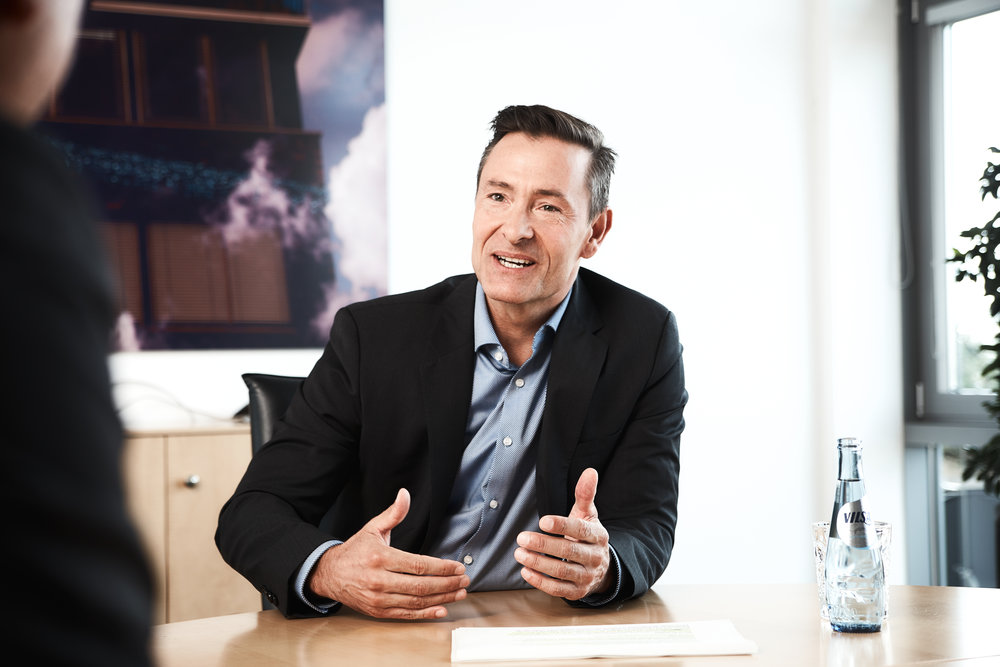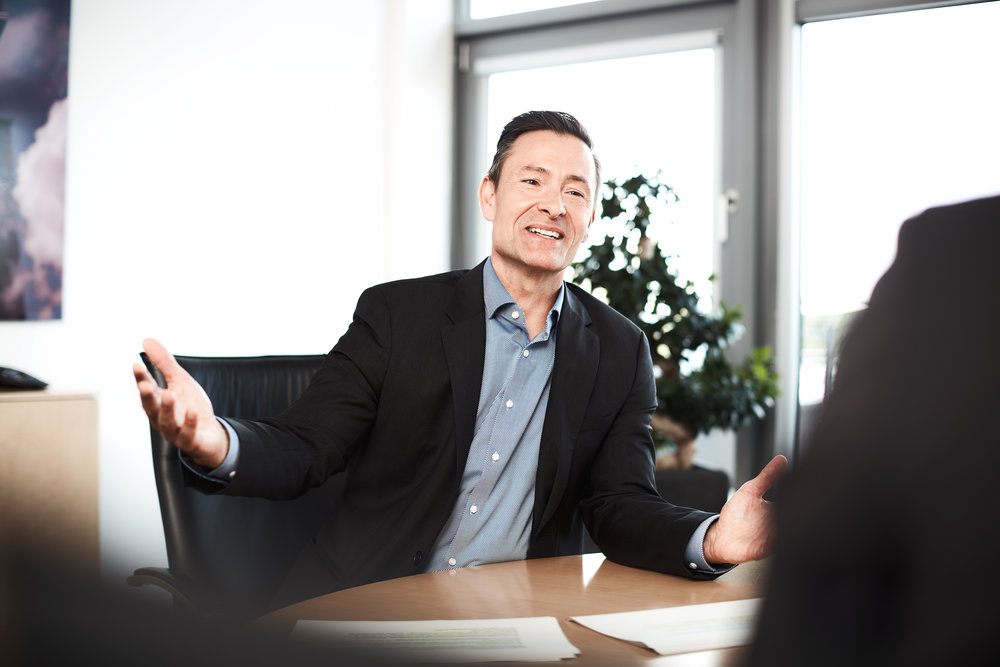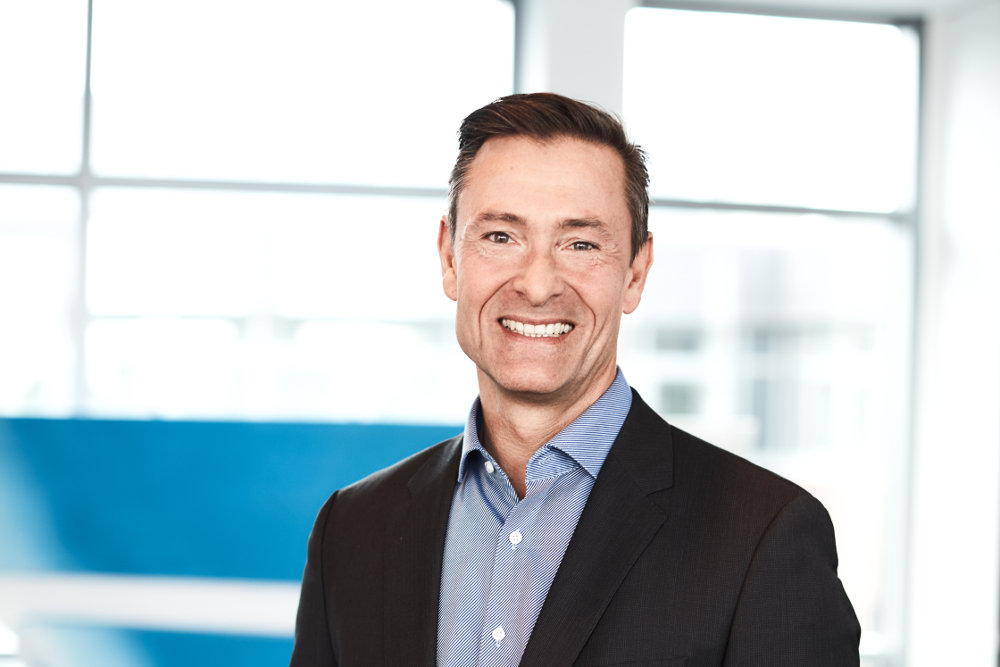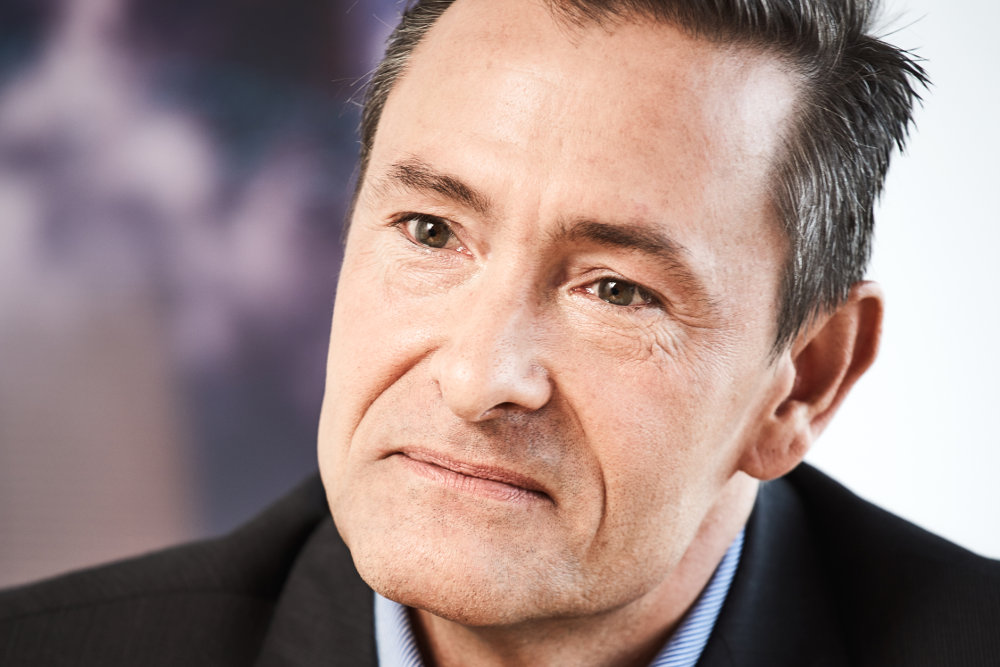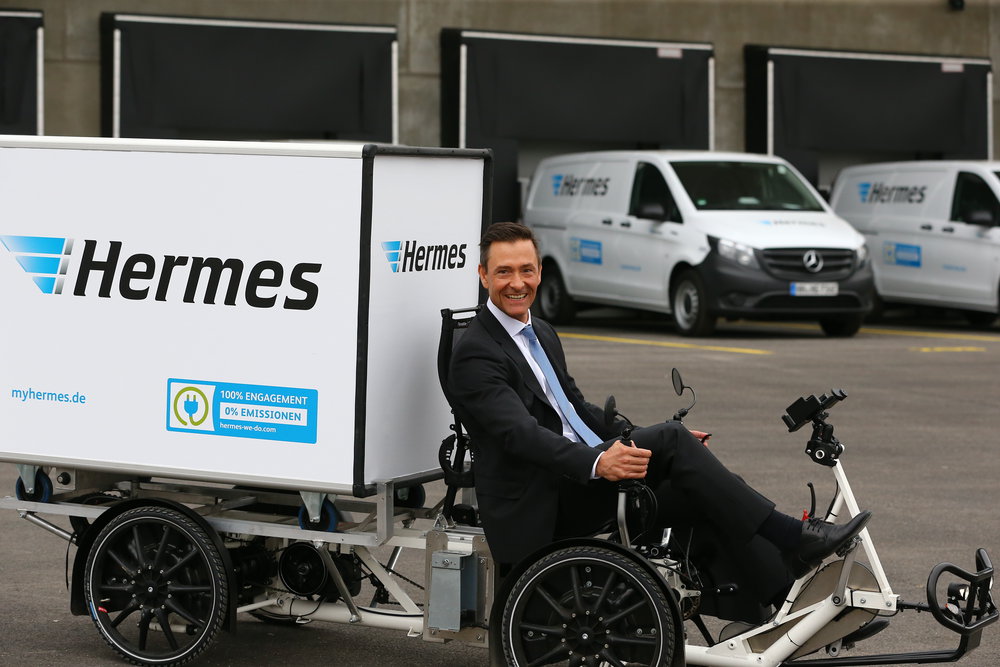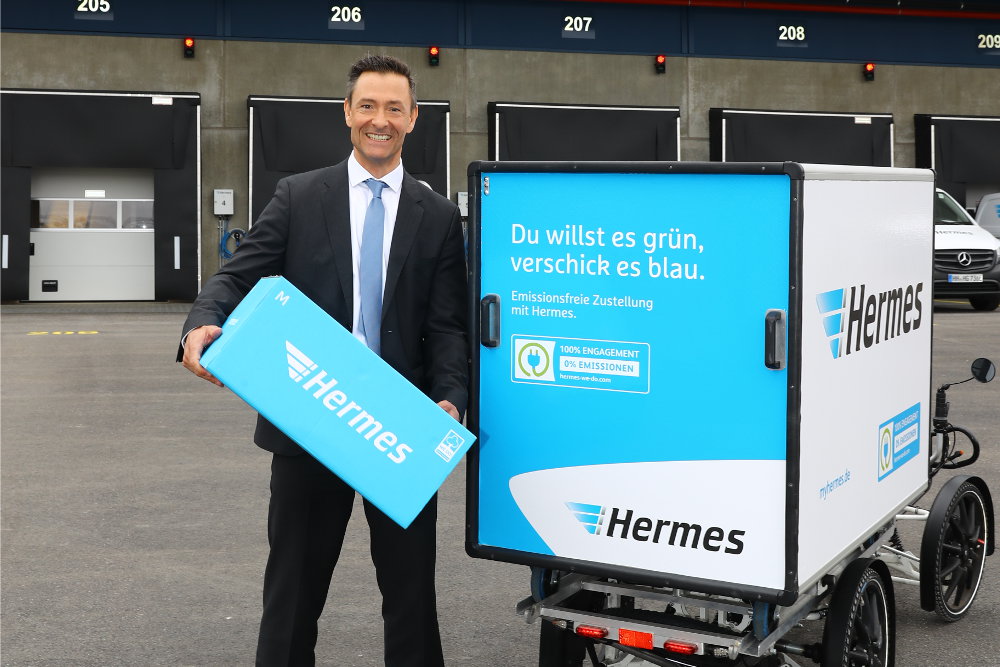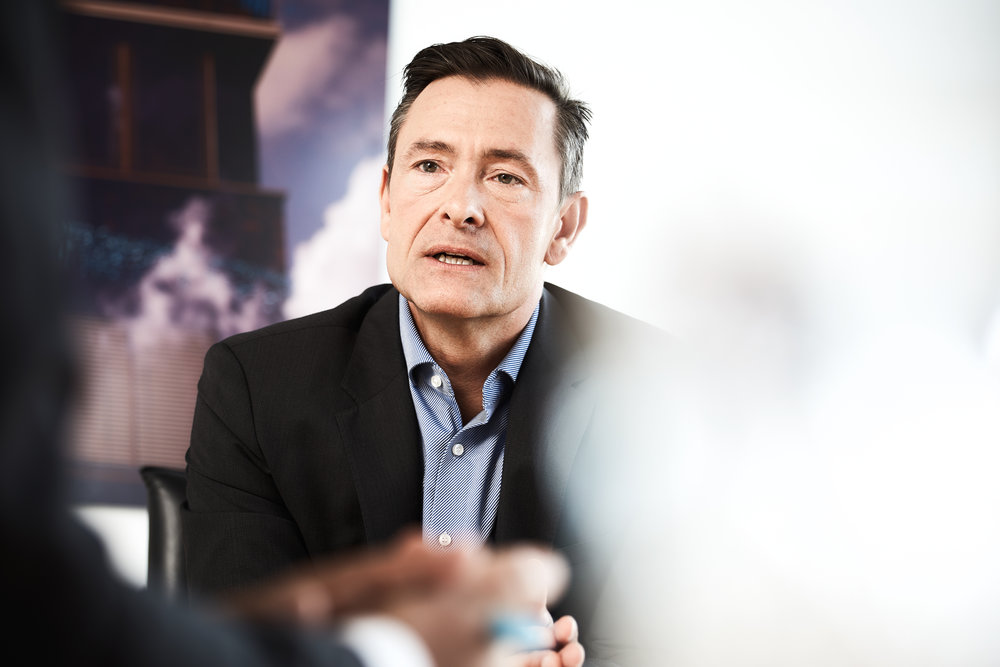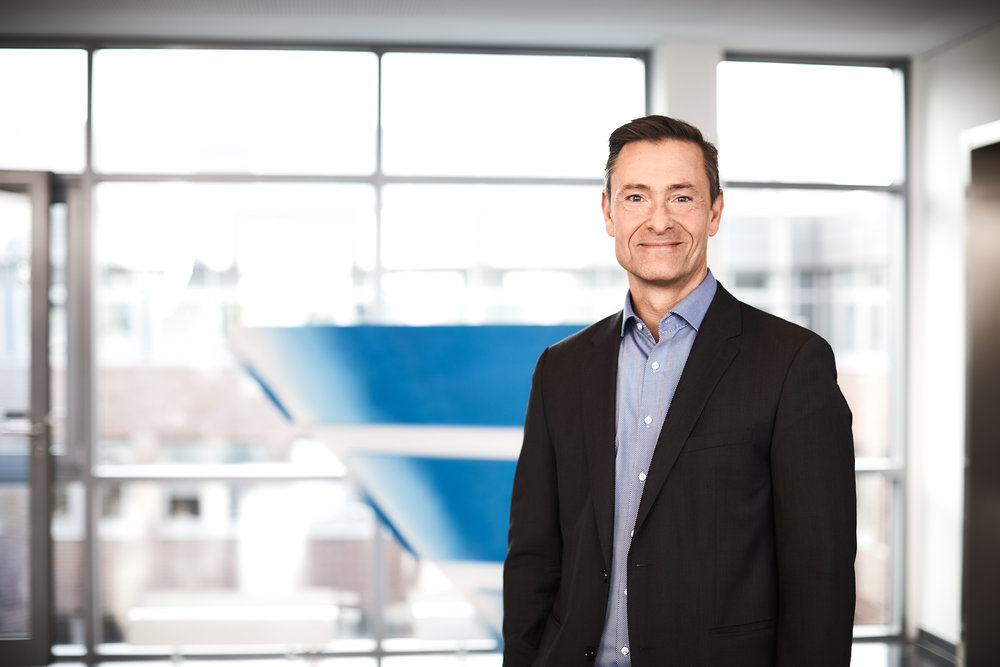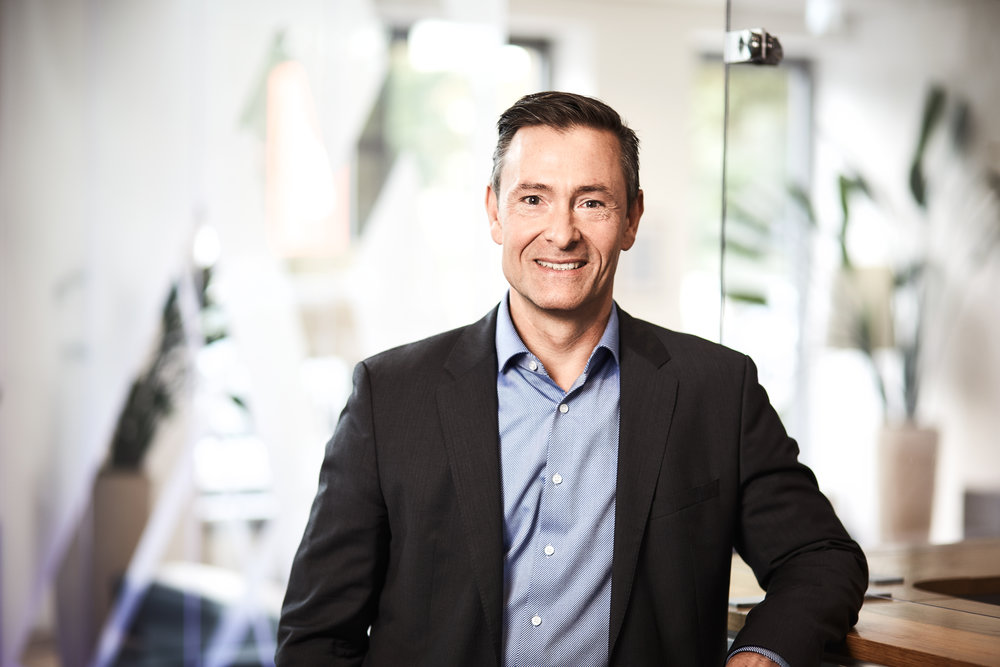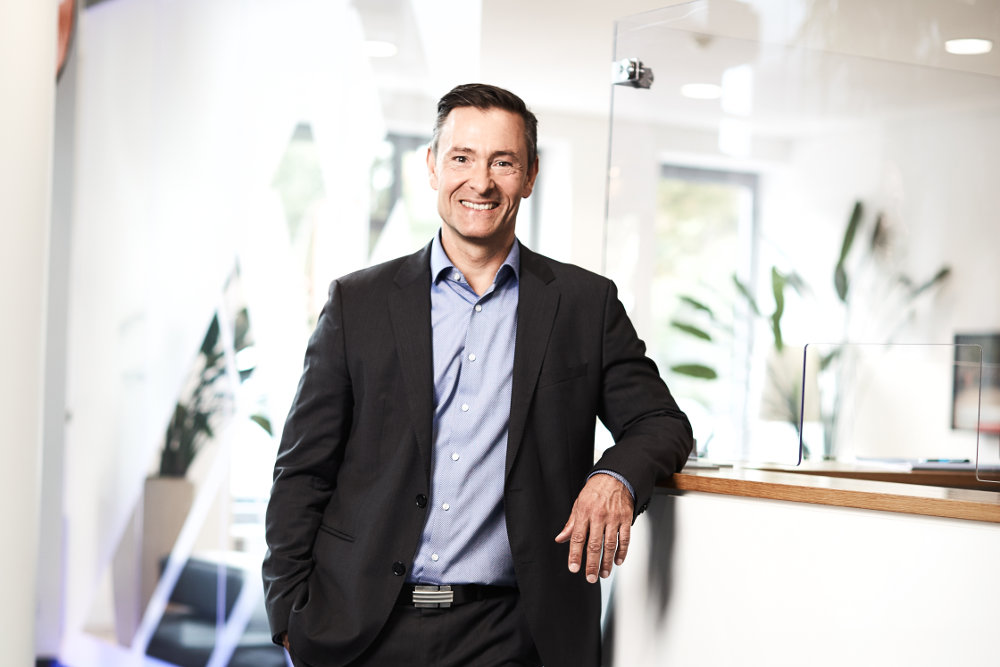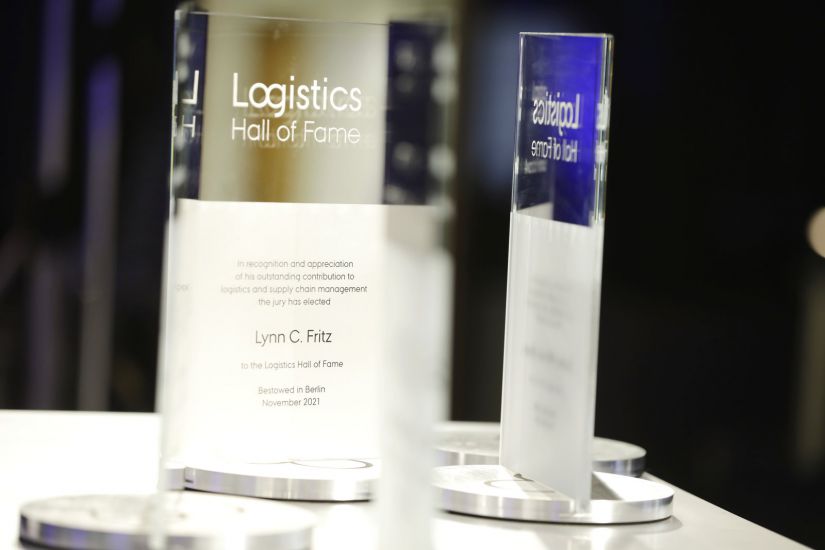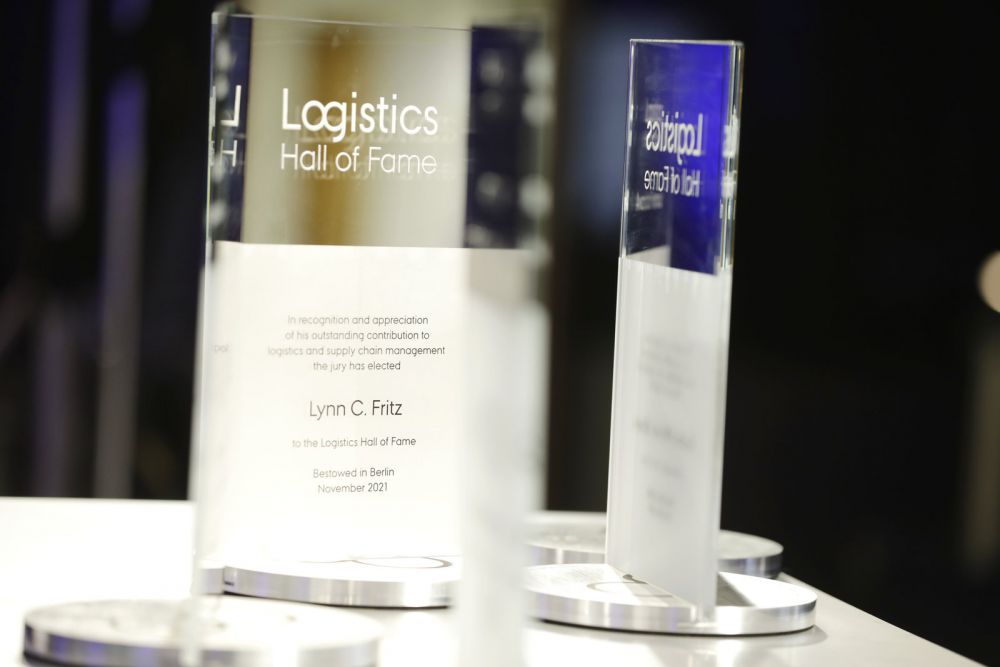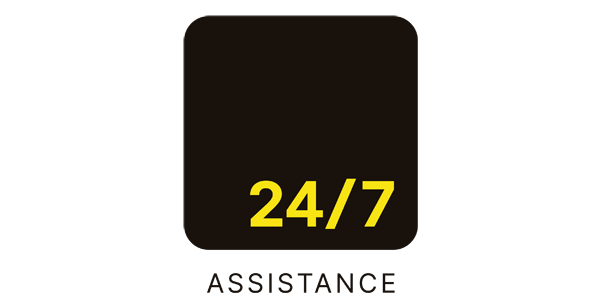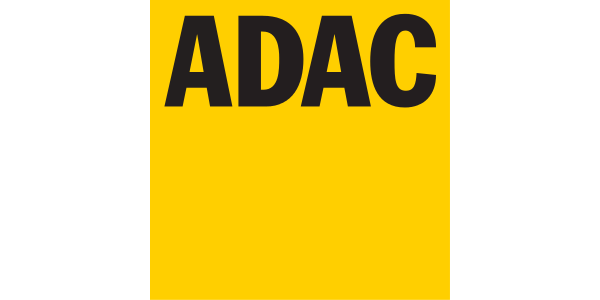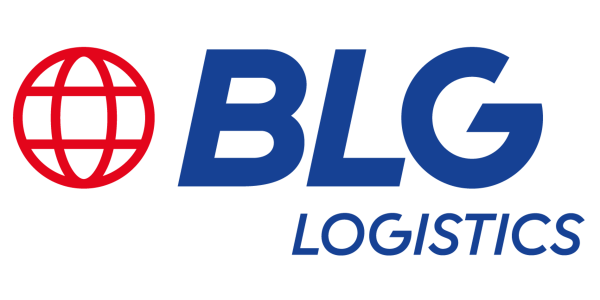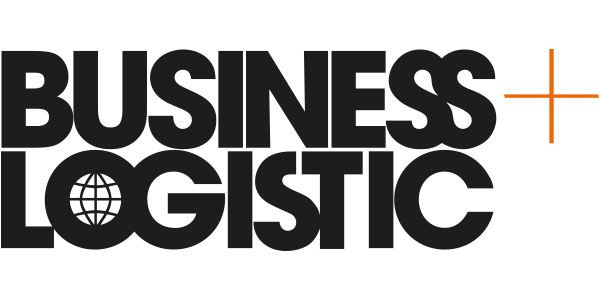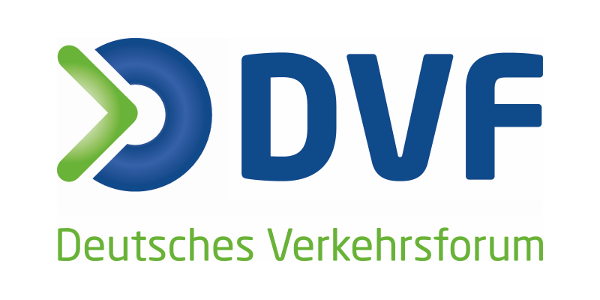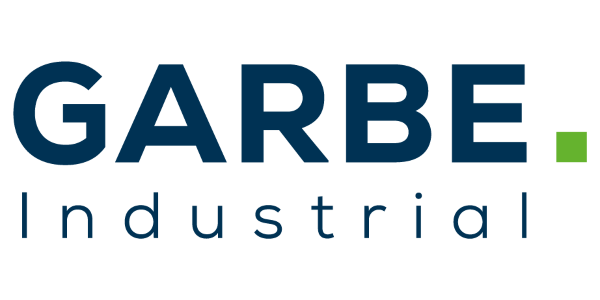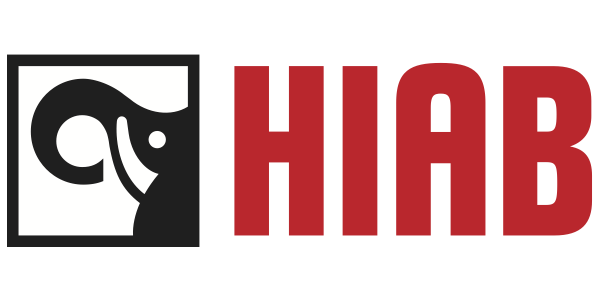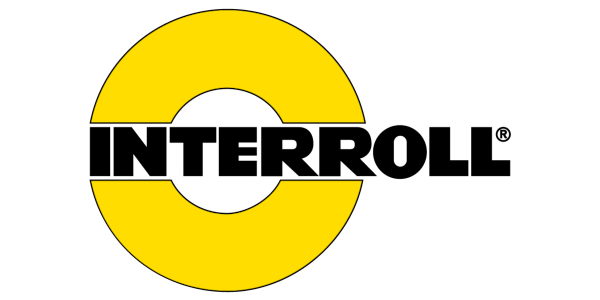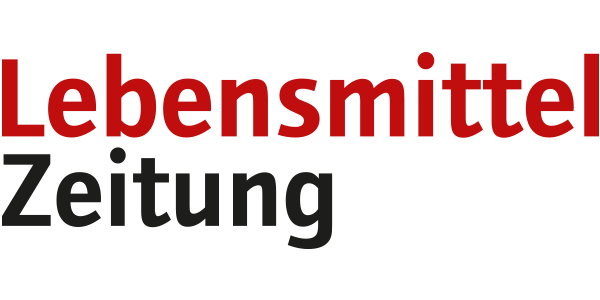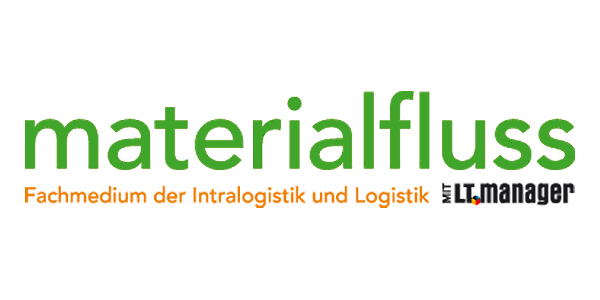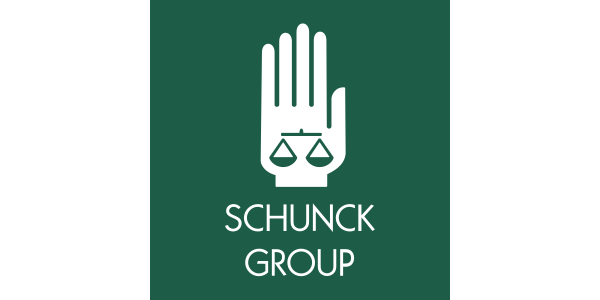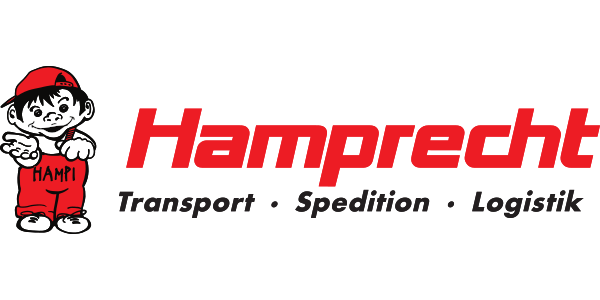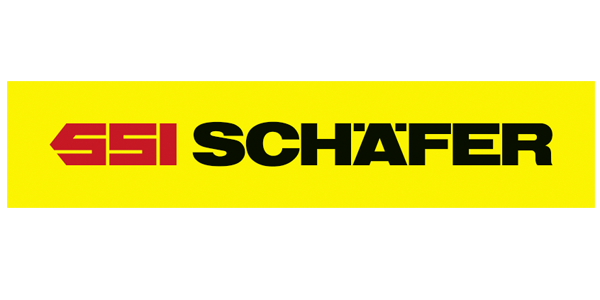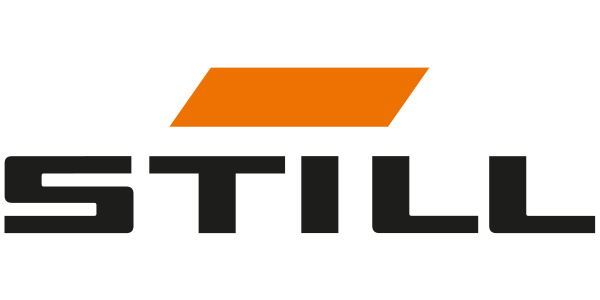Olaf Schabirosky
Olaf Schabirosky: Logistics Leader of the Year 2020
As CEO of Hermes Germany, Olaf Schabirosky (*1968) has been a key driver of modernisation, infrastructure expansion and digitisation since taking office. The company also benefited from this during the lockdown phase. In contrast to its other competitors, Hermes was able to deliver more than 90 percent of all shipments on the next day, despite a volume increase of around 40 percent in spring. And thanks to the digitalisation offensive, a task force was able to develop and implement a digital solution for contactless delivery within 48 hours. Not least thanks to its intelligent change management and the corporate culture it exemplifies, the Hermes Group was able to increase its revenue by 9.0 percent to 3.5 billion euros in the 2019/2020 financial year.
| Field | CEP |
| Country | Germany |
| Current position | CEO Hermes Germany |
| Born | 22.3.1968 in Hamburg, Germany |
-
Merits
- Olaf Schabirosky has had a successful career with the logistics service provider Hermes since 2014. Born in Hamburg, he joined Hermes Logistik-Gruppe Deutschland and Hermes Transport Logistics as Managing Director around six years ago. In 2016, he was appointed Chief Digital Officer, and two years later he was appointed head of Hermes Germany.
- Well thought-out change management – these are the words Schabirosky has taken to heart. And he has succeeded in many things so far. One of them is that he is particularly focused on clear, transparent communication in change processes, without emotional outbursts.
- Contenance paired with rapid change management – that was also a recipe for success, which is why Hermes has come through the Corona crisis well so far. The internal crisis team, which was set up immediately after the lockdown in mid-March, had a few sleepless nights due to external circumstances. But the managers did not lament for long, but implemented one measure after another– and at record speed.
- One of the reasons why retailers and end customers could rely on Hermes unreservedly even during the lockdown is that Hermes began years ago to expand the infrastructure and the last mile and to push ahead with digitalisation. In doing so, the company did not spill the beans, but rather made a lot of money. Three-digit million sums were invested in the expansion of the depot and sorting network. The management pumped the same amount into the Last Mile area. Embroidered words are: the expansion of the parcel shop network, e-mobility, the use of cargobikes, the development of parcel locker systems and the purchase of 18,000 modern handhelds.
- The latter was pushed by Schabirosky, at that time still in his position as head of digitisation. The 18,000 new scanners also played a key role at the beginning of the Corona crisis. For within 48 hours, a task force not only developed a strategy for contactless delivery. The experts also implemented it during this period. The trick: Hermes did not do without the signature of the parcel recipient, but developed a digitally supported signature process via photo proof, which at the same time avoids direct contact with the deliverer and the scanner. In practice, this means that customers acknowledge receipt of the parcel directly on the parcel label instead of on their handheld device. The deliverer then takes a photo of it. The process became technically possible because all scanners are equipped with a camera. The task force managed to add a photo processing function to the delivery app installed on the devices.
- Contactless delivery was just one of many actions that prevented the virus from paralysing the Hermes system. Because the operations department has been undergoing a reorganisation for several years now, the network never went down at any time. On the contrary: Even in the lockdown phase, the delivery quality was convincing: More than 90 percent of all shipments were delivered the next day. Almost every parcel was successfully delivered at the first attempt. The challenges were enormous.
- A look back: From mid-April, the CEP comanies were in Christmas mode, but without a planning phase. The mountain of parcels grew from one day to the next because large parts of the stationary trade had to close their shops; and consumers ordered their goods from their sofa on the Internet. Within six weeks after the start of the lockdown, the company recorded a volume increase of more than 40 percent. Competitors also had considerably more to do. In retrospect, Schabirosky is proud of the approximately 5,000 employees because they lived up to the trust of clients and private customers during the difficult phase.
- There were several reasons why the network was robust enough and the company remained agile. One was the expansion of the logistics infrastructure that had already taken place. Secondly, the expansion of the parcel shop range. Even during the peak phase of the restrictions, 80 per cent of the 16,000 parcel shops were allowed to remain open. Why? Most of the parcel shops are integrated into facilities and shops providing basic services for the population.
- On top of that: immediately after the lockdown, Schabirosky's management reacted with a series of ad hoc actions. Capacities were increased and additional delivery routes, up to 1,200, were set up. Within a short period of time, the company also increased the number of staff at the logistics locations, with temporary staff and temporary employment contracts. According to Schabirosky, this is partly due to the fact that the official regulations regarding distance, hygiene and traceability were implemented immediately.
- Short-term measures against the pandemic, long-term investments in the network and the last mile: Manager Schabirosky has an eye on how much that costs and what significance that has for company profits. In the 2019/2020 financial year, the Hermes Group increased its total revenue in Germany, France and the UK by 9.0 percent to almost 3.5 billion euros. But compared to the UK, business in Germany is not profitable.
- Anyone who criticises the investments will get Schabirosky´s clear answer: All in all, the company is on course for growth in all three countries, according to the 52-year-old manager. In addition, Hermes is in different phases in the three markets and also finds different conditions. Of course, according to Schabirosky, the high level of investment in Germany is putting pressure on profits in the short term. But in addition to consistent cost management, the investments are laying the foundation for Hermes to further expand its position as number two in the German market.
- The CEO recently was supported for his strategy by Investor Advent. In mid-August, it was announced that the company would be investing in Hermes with 75 percent in the UK and 25 percent in Germany. Schabirosky takes a positive view of the result:
- Among other things, Advent's money will be used not only to expand the depots and new sorting technology, but also for alternative delivery options. Schabirosky wants to establish Hermes as an innovation leader in the field of digital services and customer communication.
-
Vita
1968 Olaf Schabiroksy was born on March, 22 in Hamburg.
1989 Studies of Industrial Engineering and Management at the TU Harburg, the University of Applied Sciences and the University of Hamburg.
1994 Start of his career as consultant in the internal management consultancy of the Otto Group.
1999 Appointment as Managing Director at OTTO Doosan in South Korea.
2004 Implementation of international, strategic projects in China, Japan and Brazil, among others.
2008 Foundation of the joint venture company Blue Yonder, which specialises in AI-based predictive analytics.
2011 Top management functions in the OTTO Group in cross-company projects.
2014 Managing Director in the Hermes Logistics Group Germany and Hermes Transport Logistics.
2016 Appointment as Chief Digital Officer of Hermes Germany; focus on last mile digitalisation and customer communication.
2018 Appointment as CEO of Hermes Germany.
2020 Award TRATON Logistics Leader of the Year 2020
-
Gala Reception 2021 Video
-
Gala Reception 2021: Picture Gallery
Fotos: LHOF/Sebastian Gabsch
